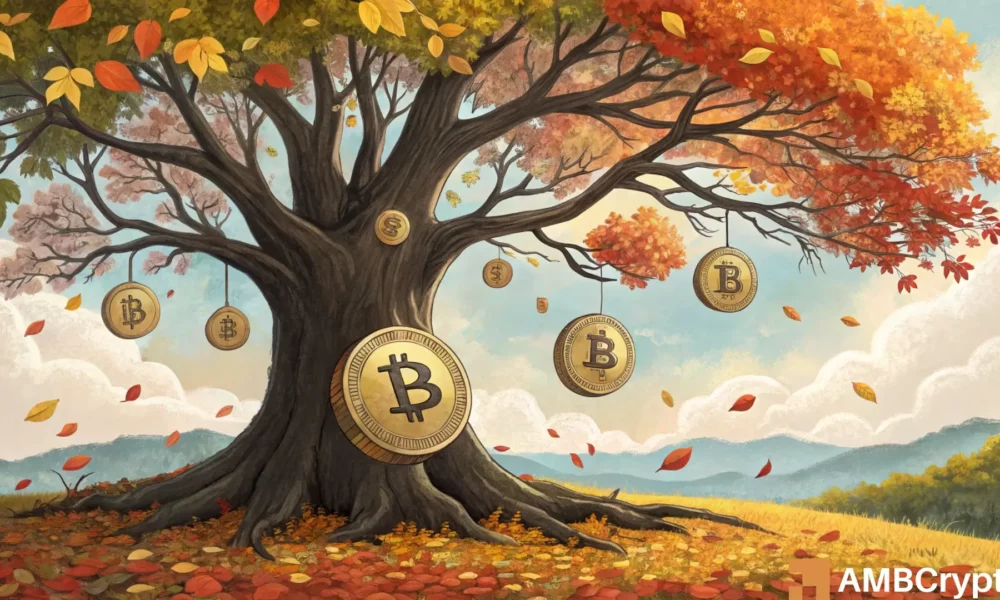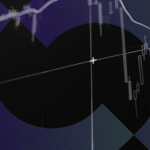- Bitcoin smart money showed signs of absorbing retail sell pressure.
- The current BTC cycle peak was estimated to occur in fall 2025.
The trading missteps of a whale were made public recently. The Bitcoin [BTC] whale had faced losses on a long position, and more losses after flipping short.
“Just like us, fr” read a comment on X (formerly Twitter).
Although humorous, the episode came alongside high trading activity in the derivatives market. BTC bulls jostled to achieve new highs, but faced pressure from profit-taking activity.
Positive takeaways for long-term holders
Based on the Bitcoin advanced net UTXO Supply Ratio, crypto analyst Axel Adler concluded that the metric indicated that large players secured partial profits. Yet, the Bitcoin peak signal did not show a cycle top.
Calculated using the Market to Realized Price Ratio (MRPR) of long-term holders and the Value Days Destroyed (VDD) (30 DMA and 365 DMA) metric, it was useful in catching the local peaks in 2014, 2017-18, and 2021. Currently, the indicator shows a late bull stage.
The MRPR and VDD metrics were strengthening, but have not gotten to historical extreme levels. Holders, especially with large volume, can realize partial profits, but the medium-term targets remain bullish.
“Hot” market signals are generated when small-fractal crosses medium-fractal “from above” while in the positive zone. Based on the Bitcoin halving cycle model’s assessment, the cycle top could occur in the fall of 2025.
In a post on CryptoQuant Insights, user Onchain Edge observed that a combination of two factors meant a bullish continuation was likely. The first factor was the steadily negative exchange netflow. This fact supported the idea of BTC accumulation.
The other factor was the falling Taker Buy Sell Ratio. This downtrend indicated increased market sell pressure, showing more aggressive sellers in recent days.
It was a result of profit-taking activity near all-time highs and pointed toward retail de-risking.
Bitcoin is set to grind higher in the coming weeks as retail investors accumulate and take profits, while large inflows to exchanges remain absent, signaling a lack of panic selling.










